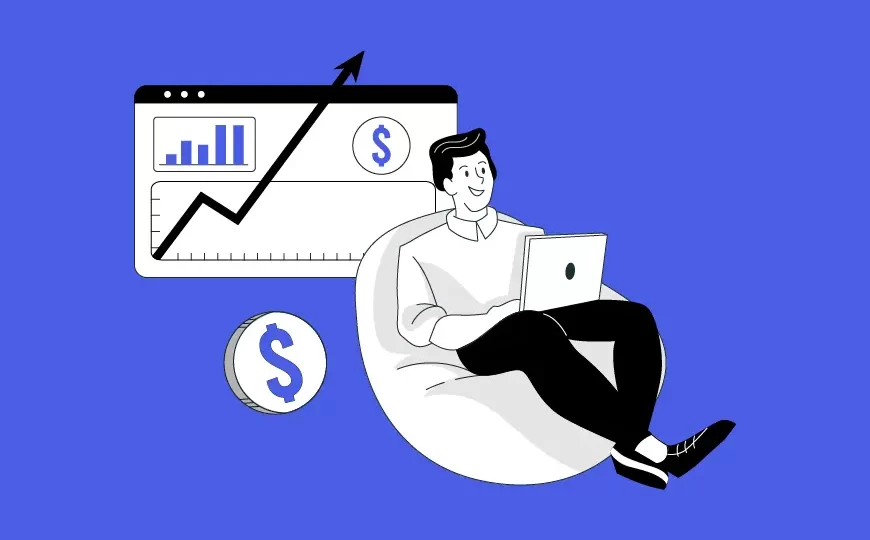
It should come as no surprise that the widespread adoption of mobile payment solutions is growing worldwide and driving growth in noncash transactions. This is because mobile devices are ubiquitous.
In addition to supporting all of the necessary currencies and payment methods, custom payment apps offer advanced levels of security for customers’ payment and personal data. They also offer comprehensive functionality for managing funds. It totally centers around furnishing clients with the comfort of sending and getting computerized installments with only a couple of snaps on their cell phones.
The proliferation of thousands of apps in the app stores on a daily basis indicates the expansion of international mobile payment services. For example, fintech apps are getting a lot of attention right now because they make it easy to pay bills and transfer money quickly, among other things. Additionally, payment apps which has attracted a lot of attention ever since its launch in Iraq and other MENA regions, have benefited even more from this trend.
How to build an app like Zain Cash?
In order to build a payment app like Zain Cash, you need to implement a secure and dependable architecture that is specifically tailored to your users’ needs. To create an app similar to Zain Cash, follow these steps:
- The analysis and gathering of requirements is the first step in developing your P2P payment app. Before beginning the development process, the specialists in custom fintech app development will conduct research. After creating an outline for the final features and design of the interface, the team talks to the most important stakeholder in the project about the payment app’s vision, the app’s choice, the platform it will be built on, its functional capabilities, UI/UX requirements, and other non-functional requirements.
- Choose the best peer-to-peer payment app There are many different kinds of apps that offer banking and other standalone solutions. Before beginning the process of developing your mobile payment app, the most important P2P app types are listed below.
- Bank-Centric System Several banks are currently developing their own P2P payment system in order to provide customers with easy-to-use and accessible banking services. Users can use these apps to make deposits or send money directly to their bank accounts without having to go to the banks. Because users can now take full control of their finances and conduct transactions without any problems, banking apps have completely transformed the user experience.
- Standalone Services These are independent providers of banking solutions that provide their own payment options, such as PayPal, Venmo, and Zain Cash. Users can create their own digital wallets with these applications, use them to make payments, or store their electronic money in an e-wallet. Most of the time, these applications work with Visa and MasterCard cards.
Nowadays, smartphones come equipped with built-in payment options. This works exactly like any other fully functional mobile payment application. Android Pay, Samsung Pay, and Apple Pay are some of the best examples of mobile operating system payment systems.
- Web-based Entertainment Stages
Web-based entertainment applications and other courier applications are additionally fostering their own in-assembled installment highlights. Users of social media platforms can now send money to friends directly without leaving the app.
- Create a List of Features After deciding on the kind of peer-to-peer app you want to build, the next step is to create a list of features for your mobile wallet app development. First, pick the most basic one, and then add the extra features. Analyze the user flow, study your target audience, and study your target audience to make sure you don’t miss anything.
- Work on the UI/UX design The app’s look and feel as well as the ease with which users can interact with it are the first things users see when they open your app. The best combination of functionality and aesthetics can be used to determine your app’s effectiveness.
Keeping this in mind, make sure your app is fun and easy to use. User experience (UX) is all about how users interact with your mobile application, whereas user interface (UI) is about how your app presents itself to users.
A robust security architecture is essential when developing a peer-to-peer payment application. End-to-end encryption is required for all account and transaction history information for your user.
But how would you make sure that your application is secure enough?
Implement the best security features, such as a fingerprint scanner, multi-factor authentication, facial recognition, a unique OTP or ID, etc., to prevent any kind of fraudulent activity or accidental payment. You must also ensure the safety of your admin digital wallet to avoid the possibility of personal data leakage.
With mobile app developer Dubai, discuss the additional security features that can be incorporated into your payment application to ensure its complete safety.
Contact me today for the best app development services in Dubai and the UAE.

